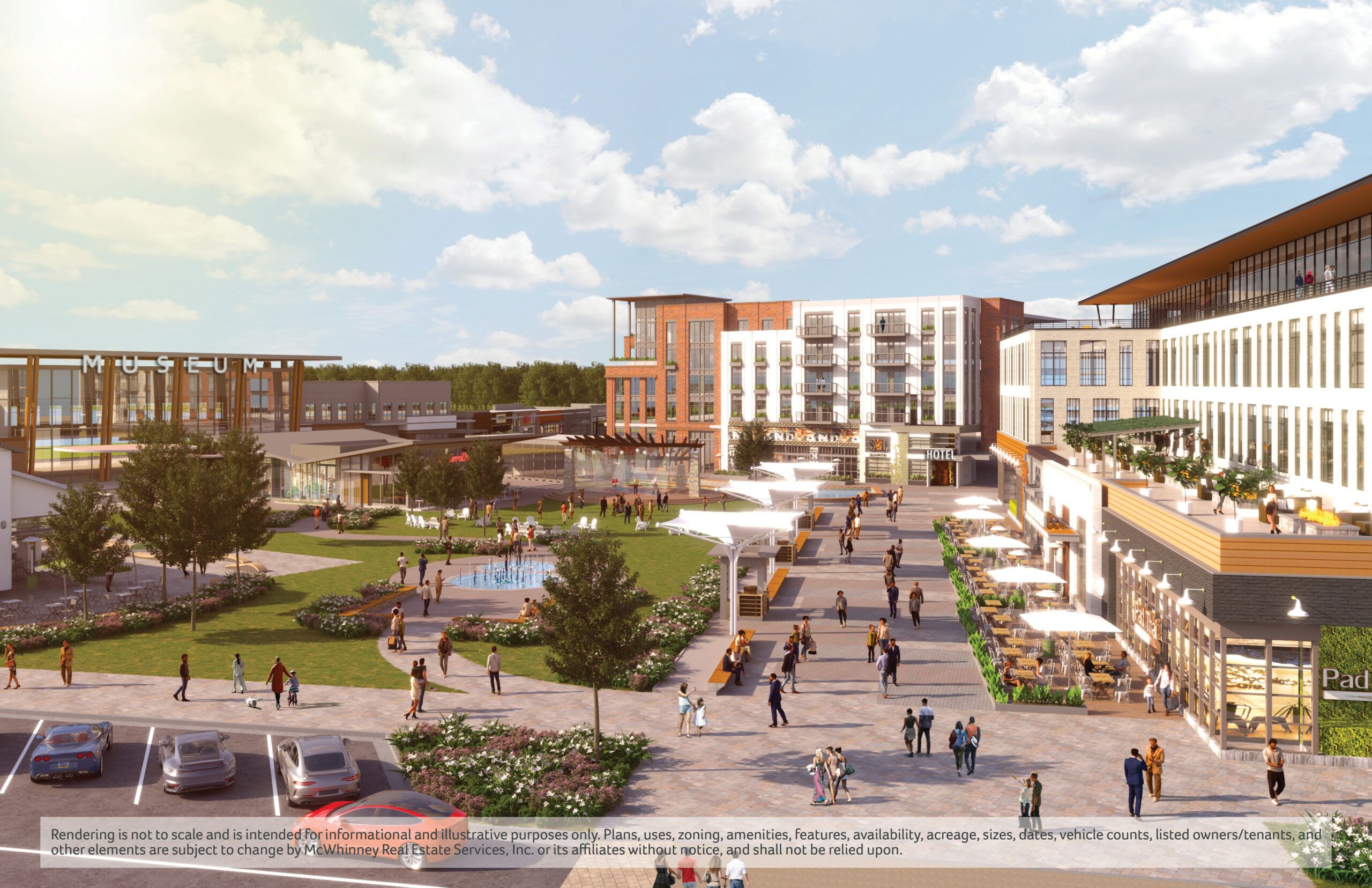Loveland may commit more revenue sharing to Centerra South

LOVELAND — To make up for the nonparticipation of Larimer County in the urban renewal area that will comprise the Centerra South development, Loveland will increase its financial commitment and reduce the amount of public infrastructure that can be paid from revenue sharing.
During Tuesday meetings of the Loveland Urban Renewal Authority and City Council, both bodies will be asked to sign off on a master finance agreement that will support millions in public infrastructure costs. But the plan has changed since the council last saw it.
Instead of covering $155 million in infrastructure costs as originally envisioned had Larimer County agreed to participate, now those costs have been reduced to $147.5 million. That number represents 14% of the total costs of the $1.04 billion development south of the existing Centerra along U.S. Highway 34 in east Loveland. Thirty-six percent of the project cost would come through construction equity and 50% through construction debt.
SPONSORED CONTENT
The city would make up for Larimer County’s previously anticipated share of revenue sharing by increasing the amount of the city sales tax that would be applied to the infrastructure of the project and implementing an additional 1.5% lodging tax add-on. The city charges a 3% lodging tax in other areas of the city.
The sales tax rate that would be shared with the project would move from 1.25% of eligible sales to 1.75%, meaning that the city would collect for general governmental purposes less of its 3% tax rate than previously anticipated.
Without Larimer’s involvement, 31% of the $147.5 million of infrastructure would be paid by foregoing 100% of the city’s share of increases in property taxes from the development, 16% from the sales tax credit at the 1.75% rate, 1.5% from the lodging tax add-on, and 51% from metropolitan district fees and taxes paid by people who buy property in the development.
The change means that a larger share of the infrastructure costs will be borne by the city instead of the city and county. The net fiscal impact, after ongoing service costs are subtracted from increases in city revenue, remains positive at $684,236 a year, according to documents in the council packet. Previously, if the county had participated, the net fiscal impact for the city would have been $1.4 million per year.
The metro district fees will be generated from a cap on residential levies of 50 mills and a commercial cap of 55 mills. In addition, up to 10 mills would be applied to residential properties for ongoing operations and maintenance and 15 mills would be applied to commercial properties.
The master finance agreement does not anticipate any waiver of building permit, capital expansion fees and related fees — the developer would be responsible for those. The developer could defer, however, $300,000 in development fees but must repay them with interest after the year’s bond payments on the project are made.
The city staff presentation to be provided to the council Tuesday notes that the new master finance agreement provides for greater transparency in that financial details need to be shared with the public online, and the LURA or council can review the books of the developer. The city manager will be able to sign off on infrastructure in excess of $10 million or infrastructure not included in the approved list of eligible expenses.
The developer agrees in the MFA to “avoid commercial cannibalization” and instead work to bring new commercial entities to the project instead of encouraging them to move from elsewhere in Loveland.
First phase of the development would include, according to the agreement, 100,000 square feet of commercial retail, 40,000 square feet of “market development,” 350 units of residential along with the infrastructure to support that.
The agreement spells out what can be included in infrastructure costs and lists the potential for expansion of County Road 20E on the property’s south edge if the property at 5464 E. Highway 34 (east of Centerra South and west of Interstate 25) also contributes.
LOVELAND — To make up for the nonparticipation of Larimer County in the urban renewal area that will comprise the Centerra South development, Loveland will increase its financial commitment and reduce the amount of public infrastructure that can be paid from revenue sharing.
During Tuesday meetings of the Loveland Urban Renewal Authority and City Council, both bodies will be asked to sign off on a master finance agreement that will support millions in public infrastructure costs. But the plan has changed since the council last saw it.
Instead of covering $155 million in infrastructure costs as originally envisioned had Larimer County agreed…
THIS ARTICLE IS FOR SUBSCRIBERS ONLY
Continue reading for less than $3 per week!
Get a month of award-winning local business news, trends and insights
Access award-winning content today!

